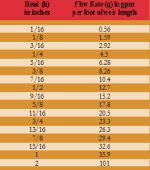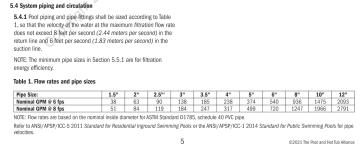- Nov 12, 2017
- 12,636
- Pool Size
- 12300
- Surface
- Plaster
- Chlorine
- Salt Water Generator
- SWG Type
- Pentair Intellichlor IC-40
It was obviously worth it. Your pool and yard and view are really stunning.It was kind of a tough slog
Ha, so are your photography skills!








